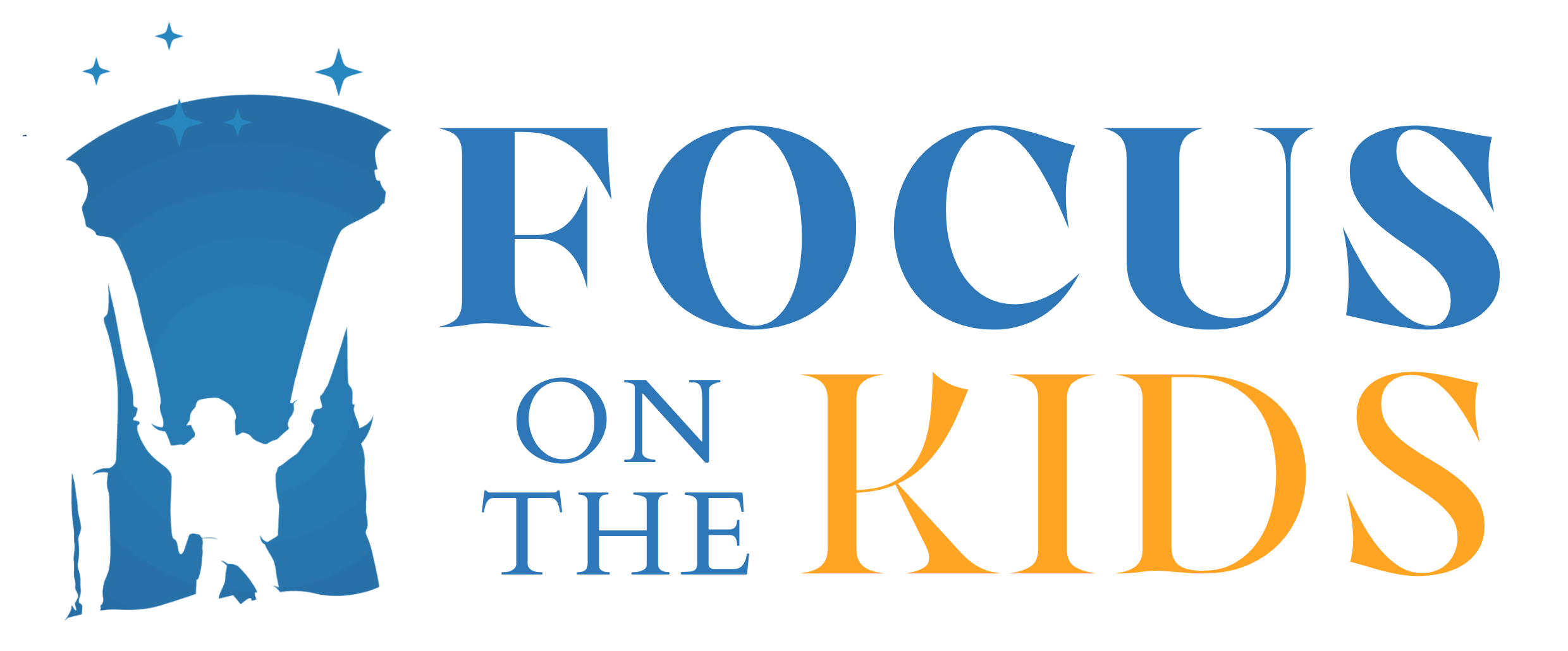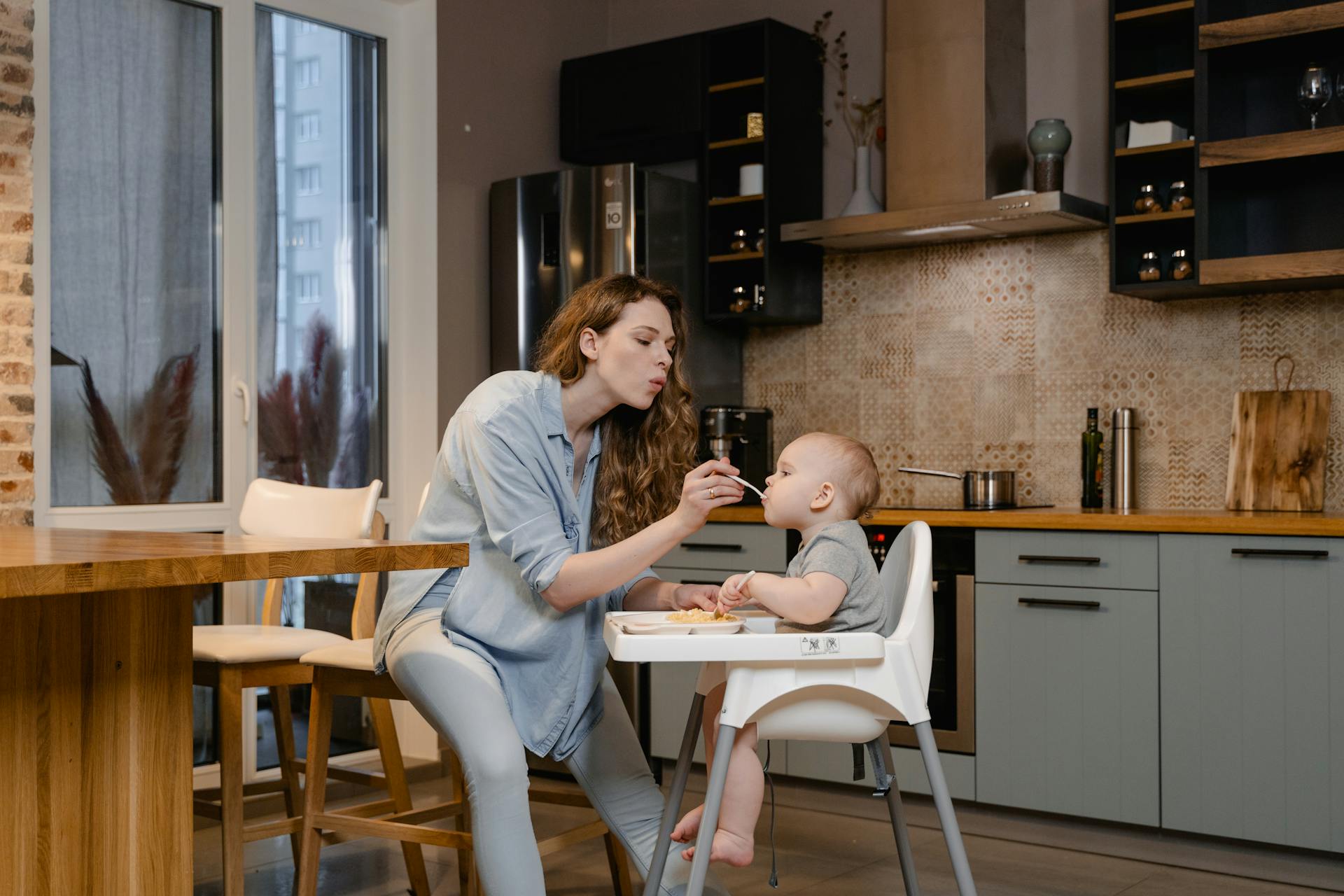As a new parent, you may have noticed your newborn suddenly jerking or flailing their arms and legs as if startled, often accompanied by a quick intake of breath or a small cry. This involuntary movement is known as the Moro reflex, or startle reflex, and it’s completely normal. But why do newborns startle in this way, and what does it mean? In this article, we’ll explore the causes behind the startle reflex in newborns, why it’s an important part of their development, and what you can do to soothe your baby when they startle easily. What Is the Moro Reflex? The Moro reflex, commonly referred to as the startle reflex, is one of several automatic responses or reflexes that newborns are born with. These reflexes help babies adjust to life outside the womb and serve as important indicators of neurological development. When the Moro reflex is triggered, a baby typically reacts by: This startling action may seem alarming to new parents, especially if it happens frequently or suddenly, but it’s a normal, healthy reflex that usually disappears by the time the baby is 4 to 6 months old. Why Do Newborns Startle? The Moro reflex is a natural, protective response to sudden changes in a baby’s environment. It’s believed to have evolved as a survival instinct, helping babies react to the sensation of falling or losing balance. Here are the common triggers that may cause your baby to startle: 1. Sudden Movements A sudden movement or change in position, such as laying your baby down quickly or picking them up abruptly, can trigger the startle reflex. The sensation of moving from a secure, held position to lying down may mimic the feeling of falling, prompting the Moro response. 2. Loud Noises Loud or unexpected sounds—like a dog barking, a door slamming, or even a sudden cough—can startle your newborn. Babies are sensitive to their surroundings, and because their hearing is still developing, loud noises can seem more intense to them than they do to adults. 3. Bright Lights Sudden changes in light, such as turning on a light in a dark room or exposing your baby to bright sunlight, can also trigger the Moro reflex. Newborns are sensitive to light because their eyes are still adjusting to the world outside the womb. 4. Temperature Changes A rapid change in temperature, such as removing a blanket or changing clothes, can make your baby feel insecure and prompt the startle reflex. The sudden sensation of cool air on their skin may cause them to flail their arms as if reacting to discomfort. 5. Feeling of Falling or Insecurity Even small movements, such as a shift in their sleeping position or the feeling of being unsupported, can cause a baby to startle. The Moro reflex is a protective response that mimics the action of grabbing on for safety. Tip: While these triggers can be alarming, remember that the startle reflex is a completely normal and expected part of your baby’s early development. Why Is the Moro Reflex Important? The Moro reflex is more than just a cute quirk of newborn behavior it serves an important role in your baby’s development. This reflex: As your baby’s nervous system matures, the Moro reflex gradually fades. By the time your baby is about 4 to 6 months old, they will have more control over their movements and be less prone to startling. When Should I Be Concerned About My Baby’s Startle Reflex? While the Moro reflex is a normal part of development, there are a few instances when it’s important to consult with your pediatrician: 1. Lack of Reflex If your newborn doesn’t seem to startle at all, even when exposed to loud sounds or sudden movements, it could indicate an issue with their nervous system or development. A weak or absent Moro reflex should be assessed by a doctor. 2. Persistent Startling Beyond 6 Months Most babies outgrow the Moro reflex by the time they reach 4 to 6 months of age. If your baby continues to startle frequently after this period, it’s a good idea to bring it up with your pediatrician to rule out any developmental concerns. 3. Asymmetrical Reflex If one arm or leg responds differently from the other during a startle, it could be a sign of a condition affecting one side of your baby’s body, such as a fractured clavicle (collarbone) or a neurological issue. Always check with your doctor if you notice any asymmetry in your baby’s startle reflex. How to Help Soothe a Baby Who Startles Easily While the Moro reflex is unavoidable in newborns, there are some strategies to help soothe your baby and minimize startling episodes: 1. Swaddle Your Baby Swaddling can help prevent your baby from startling as frequently by creating a snug, womb-like environment. Wrapping your baby in a soft, breathable blanket can make them feel secure and reduce the chances of flailing their arms. Just make sure the swaddle is not too tight and that you stop swaddling once your baby starts rolling over. 2. Handle Transitions Gently When putting your baby down in their crib or picking them up, try to move slowly and gently to avoid triggering the Moro reflex. Supporting their head and neck while moving them can help reduce the feeling of instability. 3. Create a Calm Environment Newborns are sensitive to loud noises and bright lights, so creating a calm, quiet environment can help reduce the frequency of startle responses. Use soft lighting, speak in gentle tones, and avoid sudden loud noises around your baby. 4. Use White Noise White noise machines or apps can help drown out sudden sounds that might startle your baby. White noise mimics the sounds of the womb and creates a soothing background that can help your baby sleep more peacefully. 5. Stay Close for Comfort If your baby startles while sleeping or resting, offering them a comforting presence can help them calm down quickly. Gently place your hand on their
When Can My Baby Eat Solids ? A Guide for New Parents
Introducing your baby to eat solids is an exciting milestone in their growth and development. It’s a big step from a diet of breast milk or formula to experiencing different textures and flavors. However, as a first-time parent, it’s natural to wonder : When is the right time for my baby to start eating solids? In this article, we’ll explore when babies are ready to begin eating solid foods, signs to watch for, and how to safely and successfully introduce solids into their diet. When Should Babies Start Eating Solids ? The general recommendation from pediatricians and health experts, including the American Academy of Pediatrics (AAP) and the World Health Organization (WHO), is to start introducing solids around 6 months of age. At this age, most babies are developmentally ready for solid foods and can continue to get the majority of their nutrition from breast milk or formula. However, every baby is different, and some may be ready a bit earlier or later than others. It’s important to look for signs of readiness rather than relying solely on age as the determining factor. Why Wait Until 6 Months ? Waiting until around 6 months before introducing solids allows your baby’s digestive system to mature enough to handle solid food. Before this time, their digestive system may not be developed enough to properly process foods other than breast milk or formula. Introducing solids too early can also increase the risk of : Signs Your Baby Is Ready for Solids In addition to reaching the 6-month mark, there are several key signs of readiness that can help you determine if your baby is ready to start solids. Look for these developmental milestones : Tip : Always consult with your pediatrician before starting solids to ensure your baby is developmentally ready. First Foods : What to Start With ? Once you’ve determined that your baby is ready for solids, it’s time to choose their first foods. The key is to start with simple, single-ingredient foods that are easy to digest and unlikely to cause an allergic reaction. Here are some great first foods to introduce : 1. Iron-Fortified Baby Cereal Iron is an important nutrient for growing babies, and breast milk or formula alone may not provide enough as they get older. Iron-fortified cereals, like rice or oatmeal cereal, are a common choice for first foods. 2. Pureed Vegetables Mild-tasting vegetables, such as sweet potatoes, carrots, or peas, make excellent first foods. These vegetables are rich in vitamins and minerals, making them a nutritious choice. 3. Pureed Fruits Bananas, apples, pears, and avocados are gentle on the digestive system and are naturally sweet, which many babies enjoy. 4. Pureed Meats Once your baby gets used to cereals, fruits, and vegetables, introducing pureed meats (like chicken, turkey, or beef) can help provide additional protein and iron. Tip : Start with single-ingredient foods and introduce new items one at a time, waiting 3-5 days between each new food. This allows you to watch for any potential allergic reactions or sensitivities. How to Introduce baby to eat Solids Introducing solids can be both exciting and nerve-wracking. Here’s a step-by-step guide to help you through the process : 1. Choose the Right Time Make sure your baby is awake, alert, and in a good mood when introducing solids. Pick a time when they aren’t too hungry, but not too full from their last feeding. 2. Start Slow Begin by offering just a small spoonful of food—no more than a teaspoon or two. Your baby may only take a small amount at first, and that’s perfectly fine. It’s more about exploration and getting used to new textures than filling up. 3. Use a Soft Spoon Use a soft, small spoon that’s gentle on your baby’s gums. Start by offering the spoon near their lips, and see if they show interest in tasting the food. 4. Be Patient Your baby may spit out the food, make faces, or refuse to eat initially. This is a normal part of the learning process. Keep trying, but don’t force it. If your baby seems upset or uninterested, try again later. 5. Gradually Increase Variety As your baby becomes more accustomed to eating solids, you can start offering a wider variety of fruits, vegetables, and proteins. Keep textures smooth and consistent at first, but over time, you can gradually increase the thickness and introduce soft, mashed foods. Foods to Avoid in the First Year While introducing solids is important, there are some foods you should avoid giving your baby during the first year: Conclusion Introducing solids is a big step in your baby’s development, and it can be an enjoyable and rewarding experience for both of you. The key is to wait until your baby shows signs of readiness—usually around 6 months—and then introduce simple, healthy foods in a gradual, patient manner. By starting slow, offering nutritious options, and allowing your baby to explore new textures and flavors, you’ll be setting the stage for a positive relationship with food in the future. Remember to consult with your pediatrician before starting solids, and always keep your baby’s safety and well-being at the forefront of the process. Happy feeding!


